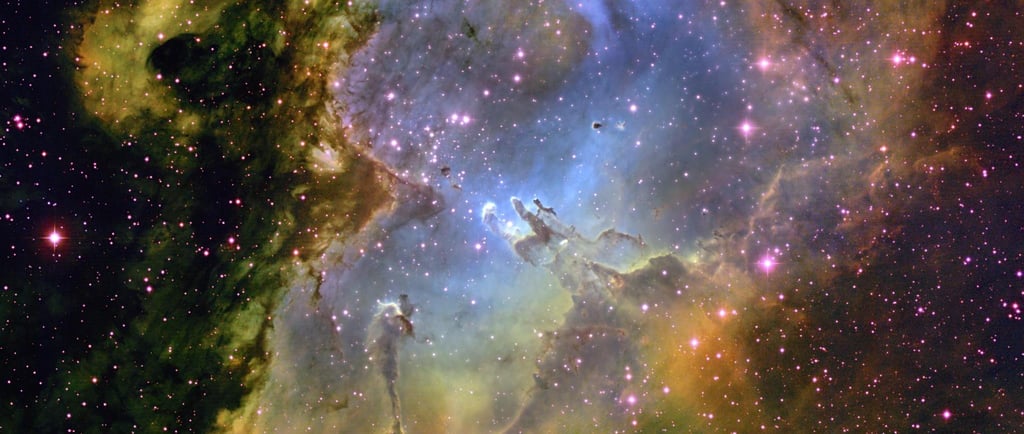The Turbulent Dynamics of Giant Molecular Clouds


Understanding Giant Molecular Clouds
Giant molecular clouds, often referred to in the astronomy domain as GMCs, are immense structures in space, primarily composed of hydrogen molecules. These clouds are critical for the formation of stars and stellar systems. Their behavior is dominated by various forces within an ever-changing galactic environment.
The Role of Turbulence in GMCs
One of the defining characteristics of giant molecular clouds is the random and turbulent motions occurring within them. These motions are driven by several factors, including gravitational interactions, galactic arm disturbances, stellar winds, and energetic jets emitted by nearby stars. The turbulence within a giant molecular cloud is not just chaotic; it plays a crucial role in how the cloud evolves over time.
Effects of Turbulence on Density Changes
The intense turbulence within GMCs leads to varying densities throughout the cloud. As these turbulent motions occur, they create shock waves that compress areas of the cloud, leading to fluctuations in density. These density changes are significant because regions of higher density have the potential to collapse under their own gravity, leading to the birth of new stars. Thus, the effects of turbulence are pivotal, as they not only drive the physical processes within the clouds but also contribute to the larger ecosystem of stellar formation.
In conclusion, the study of giant molecular clouds is crucial for understanding the complex dynamics of star formation. The turbulent motions caused by gravity and external forces within these clouds facilitate significant processes, including the creation of density variations vital for new star emergence. Continued research in this area will provide deeper insights into the life cycle of stars and the structure of our universe.
